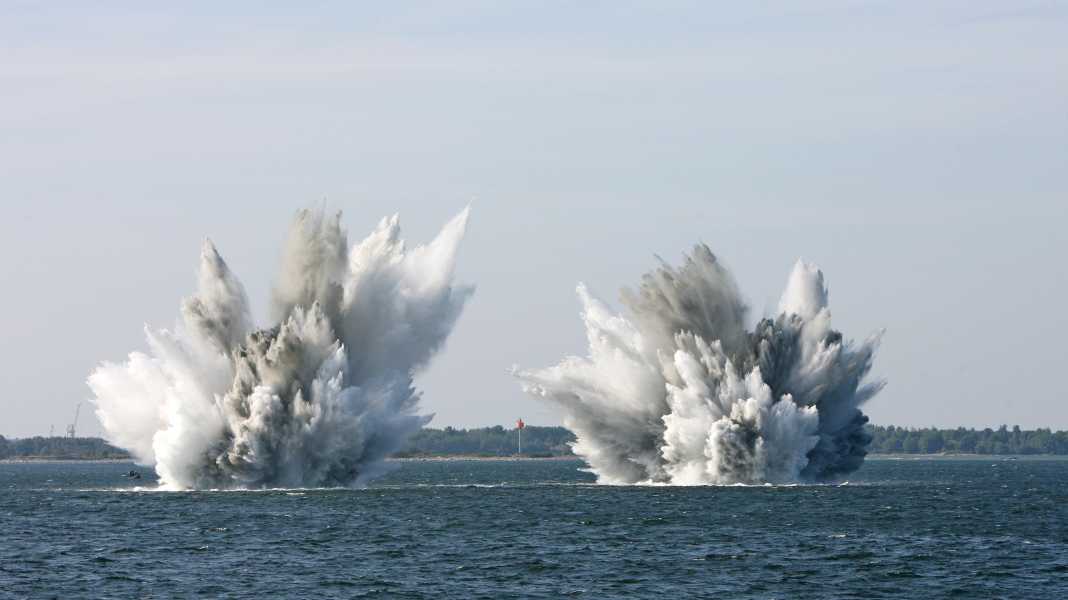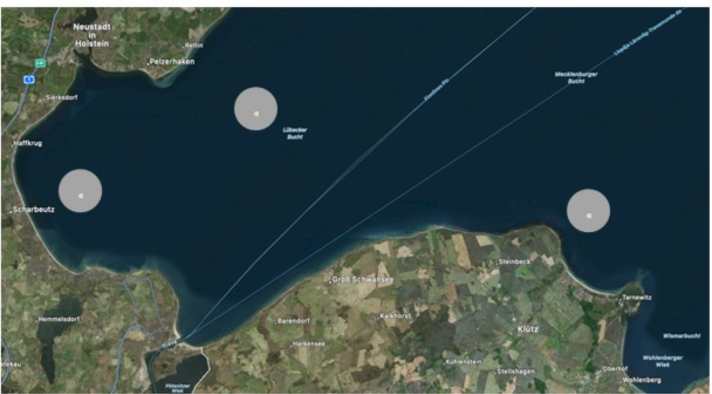Dangerous contaminated sites: Pilot project for munitions recovery in Lübeck and Mecklenburg Bight begins
Pascal Schürmann
· 29.09.2023

In the coming days, the Federal Government will publish a call for tenders for exploration and recovery measures in the three areas. The responsible Federal Ministry for the Environment, Nature Conservation, Nuclear Safety and Consumer Protection has informed the Schleswig-Holstein Environment Ministry of this.
State Environment Minister Tobias Goldschmidt was correspondingly pleased after receiving the news. He said: "Rusting shells on our seabeds are one of the biggest ecological challenges in protecting our oceans. It will take many, many years to recover them. Today marks the beginning of the age of action." Goldschmidt:
This is a milestone in tackling a generational challenge and an important building block in protecting our ailing oceans"
Pilot project for large-scale ammunition recovery
The pilot salvage operations are intended to gather information on the condition of salvaged explosive ordnance and the scalability of conventional salvage processes. These findings will then be incorporated into the development of a mobile, floating disposal facility, which should enable an increase in disposal capacity in the future.
The state ministry also states that the exploration and clearance work will begin in the second quarter of 2024. It is expected to take place over a period of six months, with only a limited period of salvage work scheduled for each pilot area within these six months.
It can be assumed that shipping will be restricted in the respective areas during these salvage periods. These are located north-east of Scharbeutz, south-east of Pelzerhaken and north of Boltenhagen.

At the end of the war in spring 1945, a gigantic munitions dump began in German waters. To this day, around 1.6 million tonnes of old munitions lie at the bottom of the North Sea and Baltic Sea. These are now to be successively cleared before the explosives can pollute the marine environment and enter the food chain.
Ammunition residues are now being detected in water everywhere
Our sister magazine YACHT recently spoke to Alexander Bach about the dangerous contaminated sites. The consultant at the special "Munitions in the Sea" office of the Schleswig-Holstein Ministry of the Environment explained the background in detail. Among other things, he pointed out that the greatest contamination is in the dumping areas. Nevertheless, ammunition residues have now been detected all along the coast.
After all: "We know the dumping areas and other areas contaminated with munitions. In the German North Sea and Baltic Sea, i.e. both the territorial sea and the Exclusive Economic Zone, there is a total of around 1.6 million tonnes of munitions waste. Of this, 1.3 million tonnes are in the North Sea and 300,000 tonnes in the Baltic Sea," said Bach.
